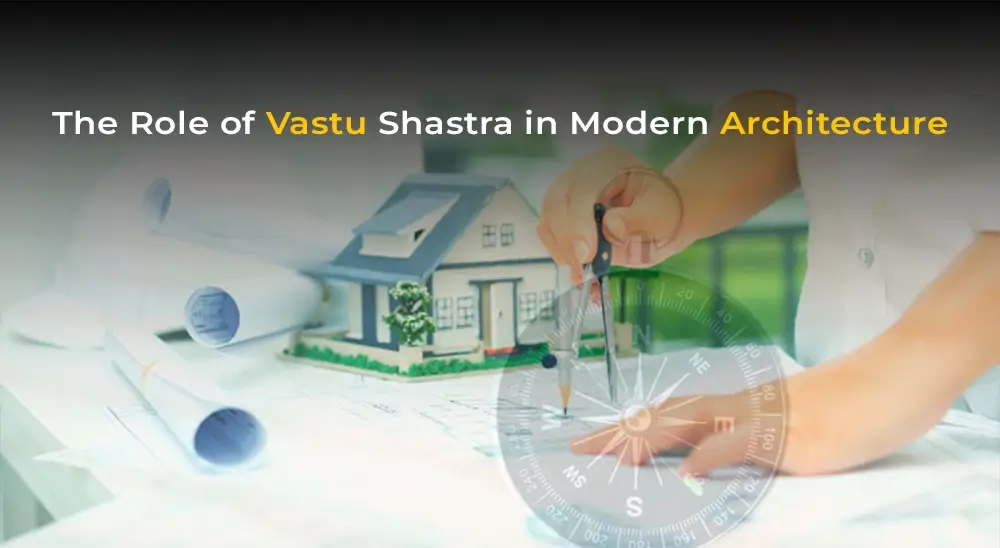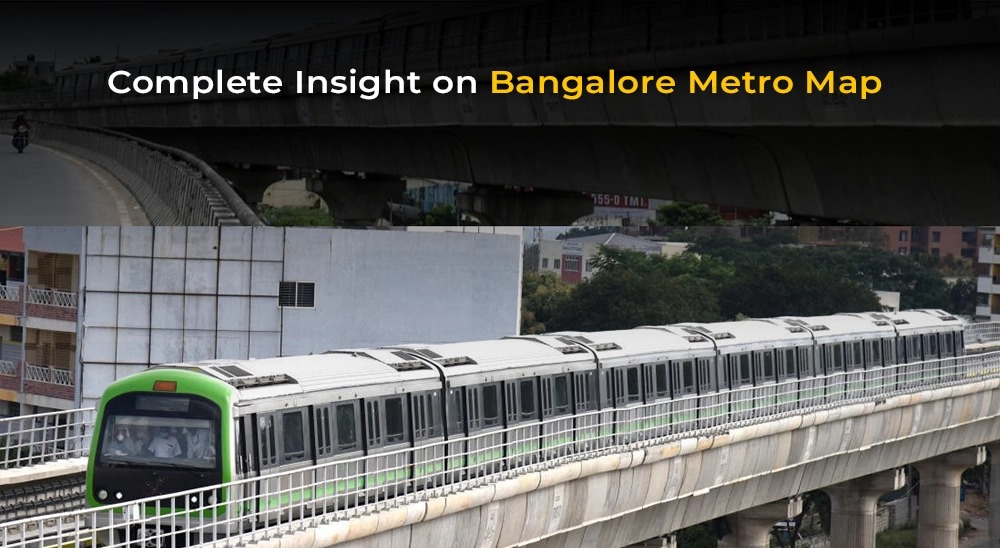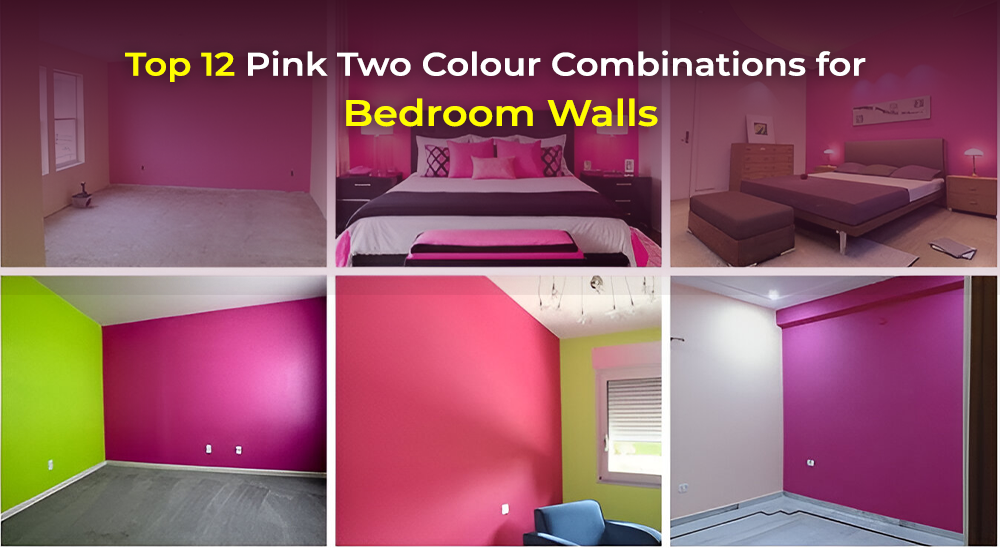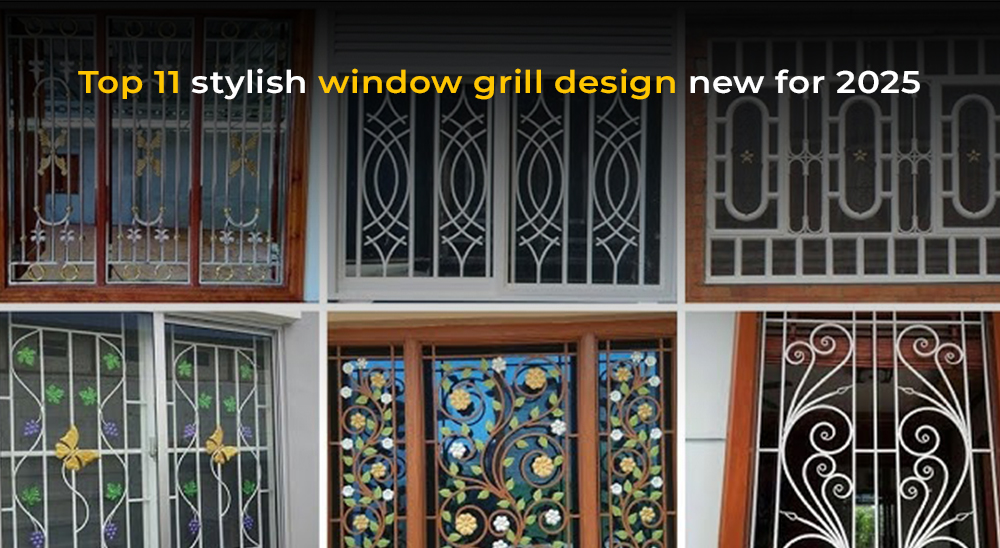The Role of Vastu Shastra in Modern Architecture
Table of Contents
Vastu Shastra is an ancient Indian science that harmonizes human existence with their surroundings. The Chinese have the same concept under the name “Feng Shui.” Vastu Shastra mainly gives directions for the construction and decoration of homes with the right things in the right direction. This science is said to be responsible for the well-being and prosperity of the people living in the house. It also takes care of the health of the people. This blog is about the role of Vastu shastra in modern architecture.
What is Vastu Shastra?
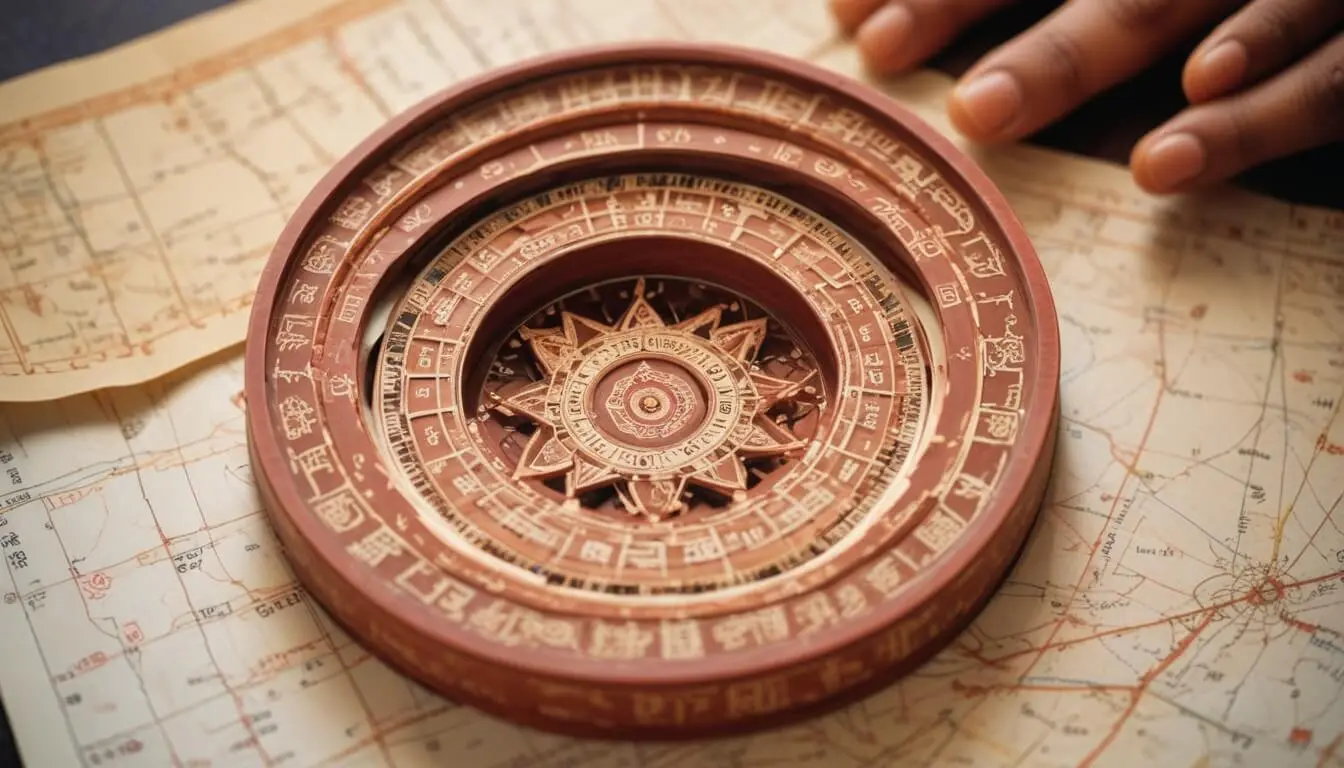
Vastu is Shastra is an ancient form of Indian architecture that uplifts the life of a human by aligning their energies with the forces of nature.the elements that comprise of the vastu shastra are earth, water, fire, air, and space.The primary role of Vastu Shastra is to bring positive energy and harmony to a residential or commercial space by aligning the energies of the place with the natural forces.It was strictly followed by ancient Indian architects while designing Temples, Homes and Even Cities. Today, Vastu Shastra in modern architecture has become an important highlight of every new real estate project, residential and commercial alike.
Why is Vastu Shastra Still Relevant?
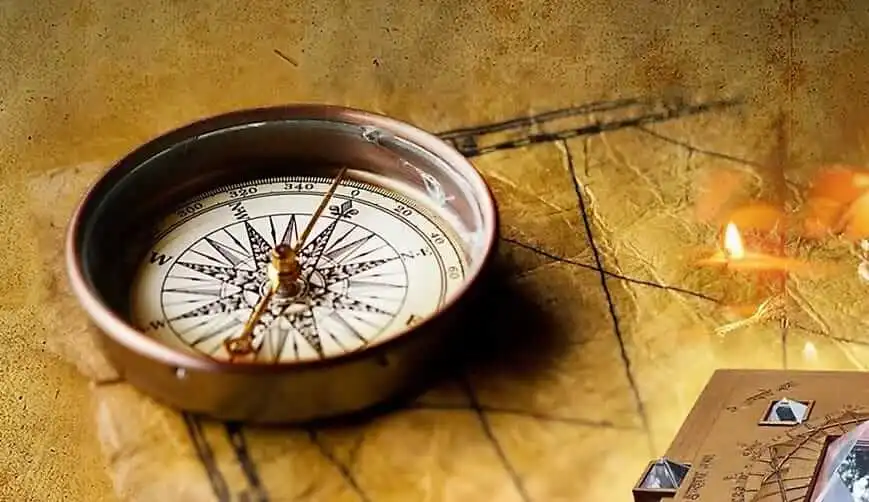
The evolution of technologies has gone too far but many people believe that the vastu can bring peace and prosperity to their life. This is why the architects are asked by their clients to follow the Vastu guidelines while making their home or offices. Peace, prosperity and good health are the most important things for civilized humans hence he makes sure these are achieved. Business owners and home buyers prefer vastu for getting rich sometimes.
How Vastu Shastra Influences Modern Architecture
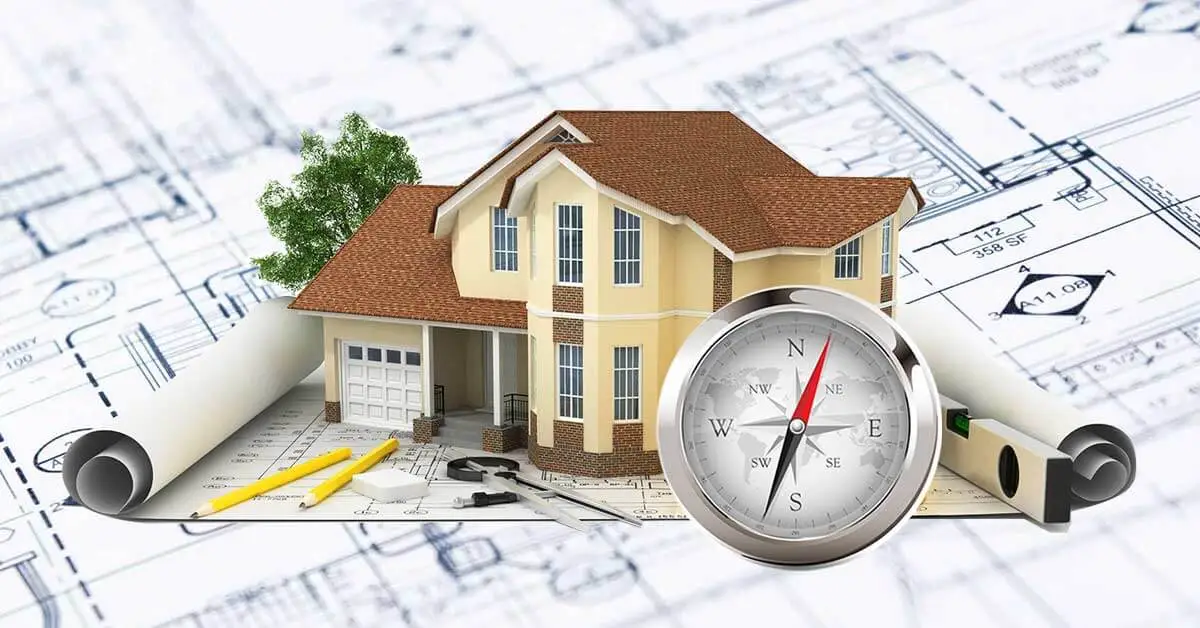
1. Orientation of Buildings
One of the key features of Vastu Shastra in modern architecture is the direction of the building. Vastu Shastra states that the main entrance of a building or a house must face east or the north direction for maximum prosperity. The Vastu Shastra in Modern Architecture also give special consideration while designing commercial and residential buildings to enhance the well being of the people using these buildings.
2. Room Placement
Vastu Shastra in Modern Architecture also shares guidelines for placement of individual rooms in an office or home. For example, the kitchen must be in the southeast corner of a building, as this is the direction associated with the fire element. Similarly, bedrooms are best placed in the southwest corner to promote rest and relaxation. Architects nowadays keep these placements in mind before designing homes or commercial spaces .
Also Look: Vastu Tips for Home
3. Natural Light and Ventilation
Vastu Shastra in modern architecture places great importance on natural light and ventilation. It is believed that the proper circulation of air and sunlight within a space can enhance the overall energy of the house. Modern architects have started to incorporate larger windows, skylights, and open spaces to ensure that natural light and air circulate freely throughout a building. This not only aligns with Vastu principles but also aligns with the growing trend toward sustainable and eco-friendly architecture.
4. Use of Natural Materials
Modern architecture is increasingly moving towards the use of sustainable and natural materials, which coincidentally align with Vastu principles. In ancient times, Vastu Shastra encouraged the use of natural materials like wood, stone, and clay, as these materials are believed to carry positive energy. Today, architects are bringing these materials back into modern designs, not only for their aesthetic appeal but also for their positive impact on the environment and human well-being.
5. Landscaping and Water Features
The integration of nature into building designs is another aspect where Vastu Shastra in modern architecture plays a role. Water features like fountains or ponds are often incorporated into designs because water is considered a symbol of wealth and prosperity in Vastu. Moreover, greenery and open spaces are important for creating a positive and calming environment. Architects now commonly design homes with gardens, courtyards, or water bodies to ensure that the building feels connected to nature.
Related: Vastu Tips for Home
6. Balancing the Five Elements
The concept of balancing the five elements—earth, water, fire, air, and space—is central to Vastu Shastra. In modern architecture, this can be achieved through the thoughtful use of colors, materials, and designs. For instance, the use of earthy tones and materials in the southwest direction is believed to ground the occupants, while the placement of water features in the northeast brings positive energy related to water. Modern architects are becoming increasingly aware of how these elements can be balanced to create spaces that feel harmonious and inviting.
7. Stress-Free Living and Working Spaces
Vastu Shastra in Modern Architecture promotes the idea that spaces should be designed to reduce stress and enhance mental well-being. In today’s fast-paced world, stress-free living and working environments are more important than ever. By following the principles of Vastu Shastra in modern architecture, architects are creating homes and offices that offer tranquility and peace. Features such as open floor plans, the use of soft colors, and strategically placed furniture all contribute to making spaces more comfortable and less stressful.
8. Influence on Commercial Buildings
Vastu Shastra is not limited to residential architecture; it is also influencing the design of commercial spaces. Many businesses believe that incorporating Vastu principles into their office designs can boost productivity and create a positive working environment. For instance, the proper placement of workstations, meeting rooms, and even entrances can make a significant difference in how employees feel and perform at work. As a result, more commercial buildings are now being designed with Vastu Shastra in mind.
Modern Technology Meets Ancient Wisdom
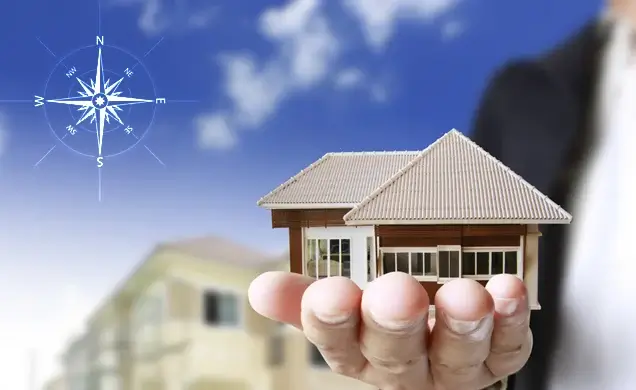
The design and architecture software nowadays have a Vastu function that tells the designer or architect about vastu compliant directions. Architects and designers are now using 3D modeling and design software to ensure that buildings are aligned according to prinicipal of Vastu Shastra in Modern Architecture. This allows for more precise planning and execution, ensuring that the final design meets both modern standards and traditional beliefs. In this way, Vastu Shastra in modern architecture is creating a bridge between ancient wisdom and contemporary technology.
Conclusion
Vastu Shastra in modern architecture is not just a trend but the architects are advertising it as a key highlight of the residential and commercial place. Vastu Shastra ensures that the building is not just beautiful and aesthetic but also promotes peace, harmony, and well-being. In the days of social media Vastu is getting more and more popular in the current generation making it a key consideration before someone buys a home. By harmonizing ancient wisdom with modern design techniques, architects are creating spaces that resonate with both tradition and the needs of today’s world.
Also Check Vastu-compliant homes near you:-
Luxury Apartments in Gurgaon
Luxury Flats in Gurgaon
Luxury Flats in Bangalore
Luxury Projects in Yelahanka
Luxury Villas in Bangalore
Luxury Flats in Delhi
Luxury Projects in Noida
Luxury Projects in Pune
Luxury Projects in Mumbai
Get the Latest Updates on Luxury Projects in Gurgaon, Luxury Flats in Bangalore, Luxury Projects in Delhi, Luxury Projects in Noida, Apartments in Pune & Luxury Apartments in Mumbai. Also, Follow Our Social Media for Live Updates – Facebook & Instagram.

